Next best action: Moving beyond predictions to real-time personalization
Published on November 24, 2025/Last edited on November 24, 2025/12 min read

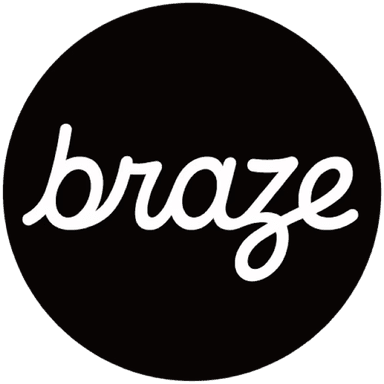
Team Braze
BrazePersonalization works. Some brands have seen revenue rise by more than 30% simply by understanding customer intent and responding at the right moment. For many marketers, next best action has been a reliable way to do that—using a mixture of predictive models, segmentation and A/B testing to match people with the products or experiences they’re most likely to want next.
The ongoing challenge is figuring out how to keep that relevance alive as customer expectations shift, and how to make every interaction feel like the logical next step, for a more satisfying and successful customer experience.
Contents
What is next best action marketing?
Why next best action matters for personalization
Next best action models explained
Next best action vs. next best everything
How next best action works in practice
Common use cases and examples of next best action and next best everything
Putting next best everything into action
Challenges of next best action
Final thoughts on moving from next best action to next best everything
What is next best action marketing?
Next best action is a marketing and customer engagement strategy that decides the most relevant step to take with an individual customer in any given moment. That could be sending a message, presenting an offer, providing service support, or perhaps choosing not to reach out at all.
Early NBA programs often relied on static rules or predictive modeling, where outcomes were forecasted based on past behavior. While useful, those approaches lacked agility and didn’t keep pace with changing customer needs.
Modern NBA programs are more adaptive, but still limited.
Why next best action matters for personalization
Next best action marketing is a first step away from broad, one-size-fits-all campaigns. Instead, it makes every interaction more relevant and more valuable—both for the customer and the brand.
The impact of NBA shows up in three key areas that matter to marketing teams—the ability to personalize at scale, the efficiency of resource use, and the strength of customer relationships over time.
Personalization at scale
NBA models typically make recommendations for segments, rather than individuals. This allows brands to get closer to true personalization by scaling their efforts to make messages more relevant than traditional “batch and blast” methods.
Efficiency and smarter resource use
NBA directs offers and messages where they’re most likely to have impact, reducing wasted spend and saving customers from irrelevant noise.
Retention and loyalty
Segments can be divided into multiple microsegments and manually tested so that each grouping becomes more relevant over time. This strengthens customer relationships and leads to higher lifetime value, stronger loyalty, and more predictable growth.
Next best action models explained

In principle, any rule or model that takes customer data as input and recommends an action as output could fit under the label of "next best action." In reality, the term usually refers to a framework that blends predictive models and business rules to decide which product, offer, or message to show a customer next.
Here’s how a traditional next best action model typically works:
1. Start with raw customer data — such as purchases, web activity, app sessions, or email engagement.
2. Transform that data into customer features — for example, purchases in the last 90 days, average order value, or days since last interaction.
3. Feed those features into predictive models — like churn risk, repurchase likelihood, or projected lifetime value.
4. (Optional) Segment customers — for instance, grouping anyone with a churn probability above a certain threshold into a “high-risk” audience.
5. Apply business rules — deciding which product, offer, or message each segment should receive based on those predictive scores and attributes.
By combining predictive models, a type of machine learning called supervised learning, and manual business rules, models are created that produce a set of "if-then" business rules under which they operate. What they predict might resonate with a customer, using patterns from past data to guide the next step. But while these systems can personalize at the segment level, they’re still driven by static models and manual rules—limitations that AI decisioning is designed to overcome.
Next best action vs. next best everything
Next best action is based on predictive AI and uses past behavior to forecast the likelihood of future outcomes.This is helpful insight, but it’s rigid, brittle, and expensive to run. Even if you have a lot of microsegments, it’s still not truly 1:1 personalization.
“Next Best Everything” takes the next step. It's powered by AI decisioning built on reinforcement learning. There are no rigid rules or occasional A/B tests. This approach constantly learns from every customer interaction, and decides the best combination of timing, channel, frequency, and creative for every individual, adapting as behavior changes.
Because AI decisioning learns and optimizes in real time, brands no longer need to manage endless segments or retrain static models. The system experiments automatically, balancing what’s best for the customer with what drives business results, and delivering the "next best everything" for every customer, every time.
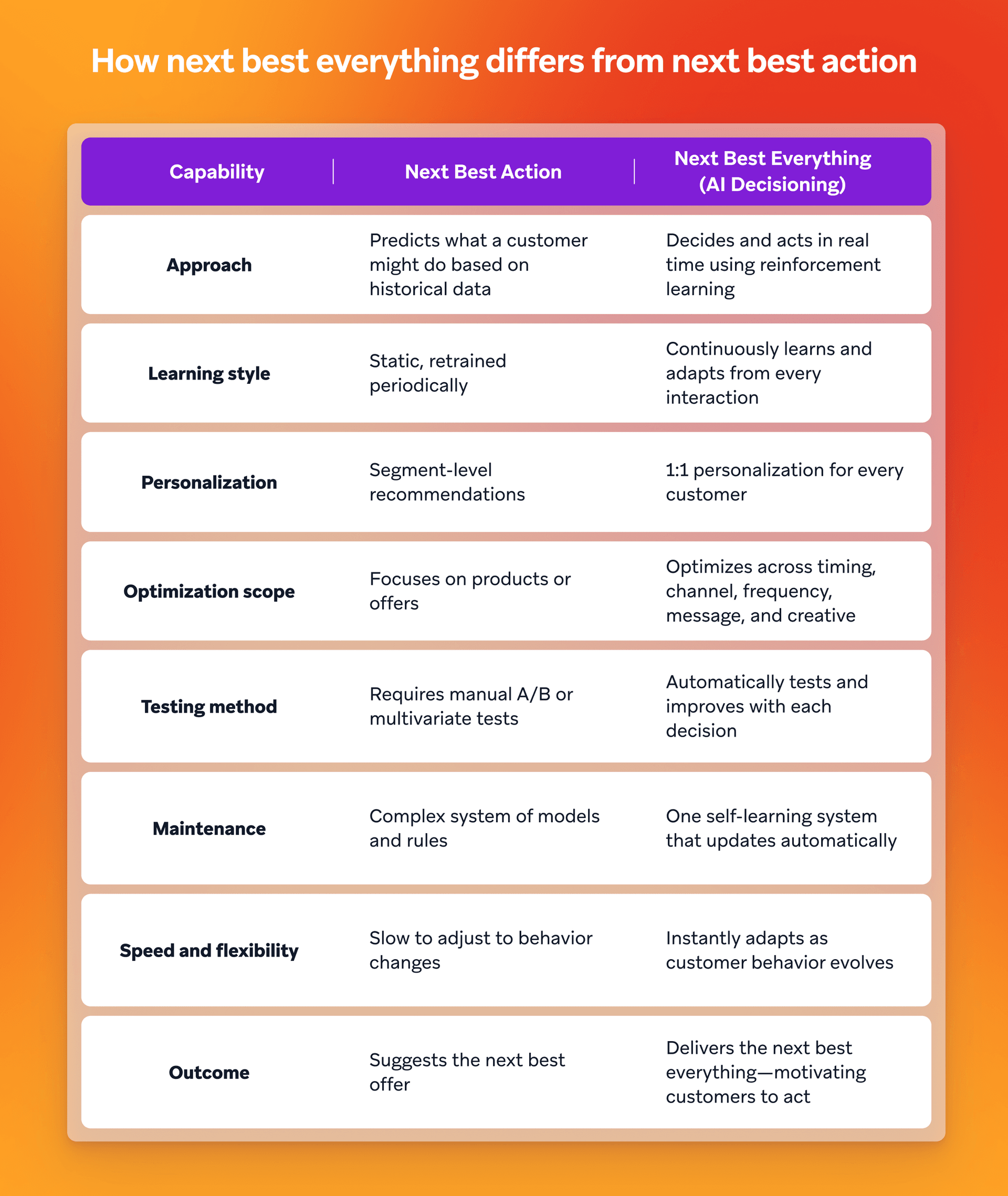
Common use cases and examples of next best action and next best everything
From retail and travel to media, finance, and hospitality, brands use next best action models to guide engagement at key moments. But next best everything, powered by AI decisioning, takes those same strategies and makes them adaptive, real time, and truly one to one.
Retention and win-back
Example use case:A subscription streaming platform wants to reduce churn by re-engaging inactive viewers.
When using next best action:A predictive model identifies customers who haven’t streamed in 30 days. The team builds a microsegment of these users and sends a reactivation email featuring popular new shows in their region—same message, same send time, same channel.
When using next best everything:AI decisioning analyzes engagement signals in real time, selecting the best action for each viewer. A frequent binge-watcher might get a personalized push notification highlighting a sequel to their favorite series, while a lapsed user receives a tailored in-app offer right when they’re browsing for something to watch.
Repeat purchase reminders
Example use case:A retail brand wants to increase repeat orders for products people buy regularly, such as coffee, pet food, or skincare.
When using next best action:A predictive feature identifies customers who made a purchase around three months ago and are likely to need a restock soon. A campaign is created for that group, and everyone receives the same email reminder to reorder.
When using next best everything:AI decisioning learns each customer’s unique purchase rhythm. One shopper receives a push notification just as their order frequency suggests they’re about to run out, while another gets a personalized email offer with related add-ons based on their past basket size and preferences.
Cross-sell and upsell opportunities
Example use case:A travel company wants to increase average booking value by promoting add-ons and upgrades.
When using next best action:After flights are booked, predictive models flag high-value travelers. They’re grouped into a segment and sent an email offering the same business-class upgrade at checkout.
When using next best everything:AI decisioning tests different combinations of offers, price points, and channels for each traveler. It learns which creative and incentive pairings drive action—a frequent flyer might see an in-app message offering bonus miles for an upgrade, while a leisure traveler gets a push notification about family hotel discounts before departure.
Loyalty nudges and rewards
Example use case:A quick-service restaurant or coffee chain wants to boost loyalty program participation.
When using next best action:A churn prediction model highlights customers who haven’t redeemed points in 60 days. They receive a standard “You’re only 20 points away!” email, sent to all members in the segment.
When using next best everything:AI decisioning identifies the motivator that works best for each customer—sending a push notification with bonus points at their usual visit time, or an in-app message with a reward tied to their favorite order. Every nudge is personalized, timely, and designed to inspire action.
Proactive service experiences
Example use case:A fintech app wants to reduce drop-offs by resolving friction before customers churn.
When using next best action:The team sets a rule to trigger a support email after two failed login attempts or a missed payment, offering generic troubleshooting steps to all affected users.
When using next best everything:AI decisioning spots early signals of frustration—like repeated navigation errors or sudden inactivity—and selects the best next step. One user receives an in-app message offering quick support options, while another gets an SMS linking directly to a personalized help article, all timed to prevent churn.
Account expansion and trial reactivation
Example use case:A SaaS company wants to re-engage free-trial users and identify opportunities to expand existing accounts.
When using next best action:A predictive model highlights users whose trial is nearing its end or who haven’t logged in for a week. The marketing team creates a “high-churn-risk” list and sends a single nurture email offering a product demo to everyone in that segment.
When using next best everything:AI decisioning analyzes engagement patterns and usage signals in real time, selecting the best action for each account. A user who explored advanced features might receive a push notification offering a premium upgrade, while another with low activity gets a personalized in-app message with a short tutorial and a free extension to encourage deeper adoption.

Putting next best everything into action
Kayo Sports shows what happens when a brand takes next best action personalization to the next level. Using BrazeAI Decisioning Studio™, the team turned predictive insights into adaptive, one-to-one engagement—bringing “next best everything” to life for millions of sports fans.
Playing the long game: Kayo Sports delivers 1:1 engagement at scale
Australia’s largest sports streaming platform, Kayo Sports, gives fans access to over 50 live and on-demand sports, spanning 30,000 hours of content from FOX SPORTS Australia and ESPN. In a highly competitive market where viewers expect tailored experiences, Kayo set out to create the most personalized streaming environment possible—one that truly understood every fan’s interests, habits, and timing.
The challenge
Kayo Sports needed to engage a diverse audience of fans across channels and devices with messages that felt individually relevant. While their data was rich, their existing systems were rule-based and limited, meaning personalization was still broad and reactive. The team wanted to create a dynamic, AI-driven engagement model that could anticipate each customer’s needs and desires in real time.
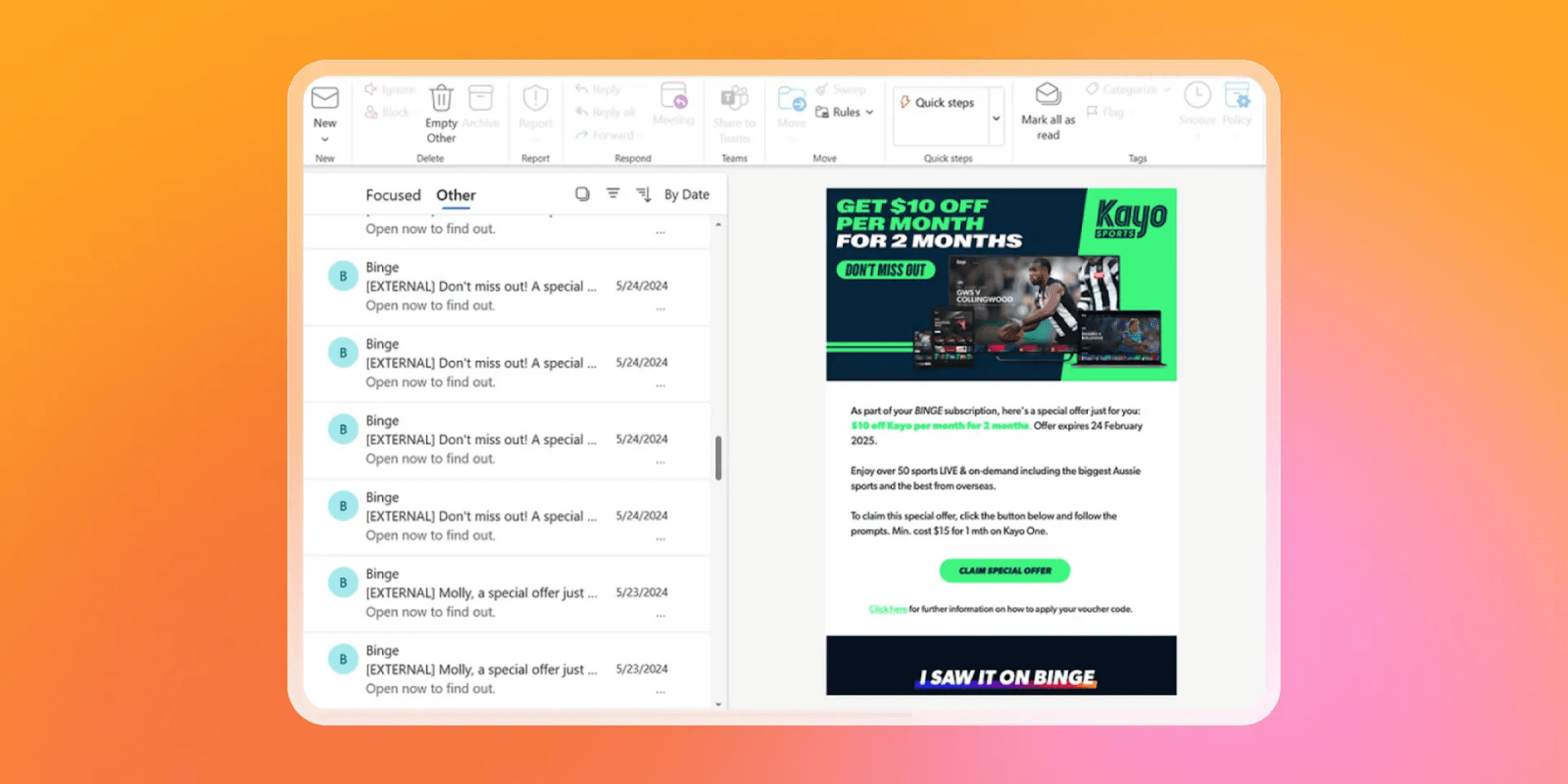

The strategy
Partnering with BrazeAI Decisioning Studio™, Kayo Sports built “Customer Cortex”—an AI-powered personalization engine designed to make intelligent, 1:1 decisions at scale. Rather than predicting what might work, Customer Cortex learns from every customer interaction to determine the next best everything: the right message, creative, channel, timing, frequency, and promotion for each subscriber.
This adaptive system runs on three daily cycles:
- Data: Ten purpose-built machine learning models process first- and third-party data to understand each individual’s behavior and preferences.
- Decisioning: BrazeAI Decisioning Studio™ analyzes those insights and selects the optimal action for each subscriber, personalizing every touchpoint automatically.
- Delivery: Braze activates these decisions across channels—email, push, SMS, and in-app—creating more than 1.2 million unique message variations (up from 300).
This setup gives Kayo the flexibility to test, learn, and refine continuously. Whether a viewer is likely to engage with an in-app offer before a major match or respond to an SMS about a new subscription tier, Braze orchestrates the right experience automatically—motivating customers to take the next step and strengthening loyalty at every touchpoint.
The wins
Since launching Customer Cortex, Kayo Sports has seen measurable growth across engagement and loyalty metrics:
- 14% increase in subscriptions (FY24)
- 8% increase in annual occupancy
- 105% increase in cross-sells to BINGE, another Foxtel streaming service
- Achieved these gains while increasing average subscription prices by 20%
"Customer Cortex is the result of four years of dedicated development and represents our commitment to being at the forefront of technology and data science in media. It’s a mature, incredibly powerful capability at the center of our trading engine that understands and anticipates customer needs, driving engagement, loyalty, and maximizing customer lifetime value...Braze has supercharged our 1:1 relationship with customers by increasing the number of potential actions from 300 to 1.2 million.”

Anthony O'Byrne
Managing Director, Revenue, Kayo Sports & BINGE, Kayo SportsChallenges of next best action
Traditional next best action models can deliver results, but they come with built-in constraints that make them difficult to scale or sustain. As customer behavior and business needs move faster than static systems can adapt, these challenges become even more visible.
1. Static models that don’t learn
NBA models depend on predictive algorithms trained on historical data. Once deployed, they don’t automatically improve or adjust to new behavior. That means teams must manually retrain and redeploy models—a time-consuming cycle that leaves campaigns lagging behind real customer needs.
2. Brittle systems built on rules
Traditional NBA combines predictive scoring with hard-coded business rules, so it can quickly become rigid. Any change in product lines, offers, or audience segments often requires reworking multiple rules and dependencies, slowing teams down and limiting experimentation.
3. Limited personalization
NBA works well at the segment level, but struggles to scale true one-to-one personalization. It typically evaluates only a few data points or model outputs, missing the nuance needed to tailor timing, content, or creative to individual customers.
4. Heavy operational overhead
Managing multiple models, rules, and tests creates complexity. Each new campaign or data source adds layers of maintenance, making it difficult for marketing teams to move fast or measure results cleanly.
5. Delayed feedback loops
NBA models don’t learn continuously, so performance insights often arrive after the fact. Teams can see what worked, but not in time to adjust while a campaign is live. This limits responsiveness and keeps optimization reactive instead of proactive.
These challenges don’t make next best action irrelevant, but they do highlight why it’s time for something more adaptive. Next best everything and AI decisioning solve these pain points by learning continuously and simplifying operations, to deliver decisions that improve with every customer interaction.
Final thoughts on moving from next best action to next best everything
Traditional next best action approaches marked an important step toward more personalized marketing, but they were designed around fixed predictions and static segments. Today’s customers expect brands to recognize and anticipate not just what they need, but what they want, and to respond in the moment with relevance and empathy.
Next best everything brings that possibility to life through AI decisioning, which learns from every interaction and chooses the most meaningful way to connect—across timing, channel, and message. It discovers what truly motivates each customer to act.
With BrazeAI Decisioning Studio™, brands can create programs that adapt as naturally as their audiences do, showing that intelligence and creativity can work together to make personalization genuinely human.
Next best action FAQs
Next best action in marketing is a predictive approach that uses data and business rules to suggest the most relevant step for a customer—such as sending an offer, message, or reminder—based on past behaviors and patterns.
Next best action works by analyzing customer data, applying predictive models, and following predefined rules to recommend what a brand should do next. It predicts likely responses rather than driving them.
Next best action is one way predictive AI is applied in marketing. It uses predictive models to anticipate customer needs and guide messaging, while broader predictive AI can support many functions across analytics, forecasting, and automation.
Examples of next best action marketing include restock reminders for retail, cross-sell recommendations after a purchase, loyalty reward updates, or win-back emails to re-engage lapsed customers.
How do companies use next best action to personalize campaigns?
Companies use next best action to personalize campaigns by segmenting customers based on predictive scores—such as likelihood to purchase or churn—and tailoring messages or offers for those groups.
What is an example of next best action?
An example of next best action is a fitness app identifying users likely to cancel and sending them a personalized offer or incentive to renew their subscription.
The next best action model is a framework that uses customer data, predictive analytics, and business rules to recommend the product, offer, or message most likely to appeal to each customer segment.
The next best action in CRM refers to the system-generated recommendation for the next step in a customer interaction, such as prompting a follow-up call, scheduling an appointment, or sending a retention offer.
The difference between next best action and next best offer lies in scope. A next best offer focuses on sales or promotions, while next best action includes any type of engagement: marketing, service, or retention-related.
Related Tags
Be Absolutely Engaging.™
Sign up for regular updates from Braze.
Related Content
View the Blog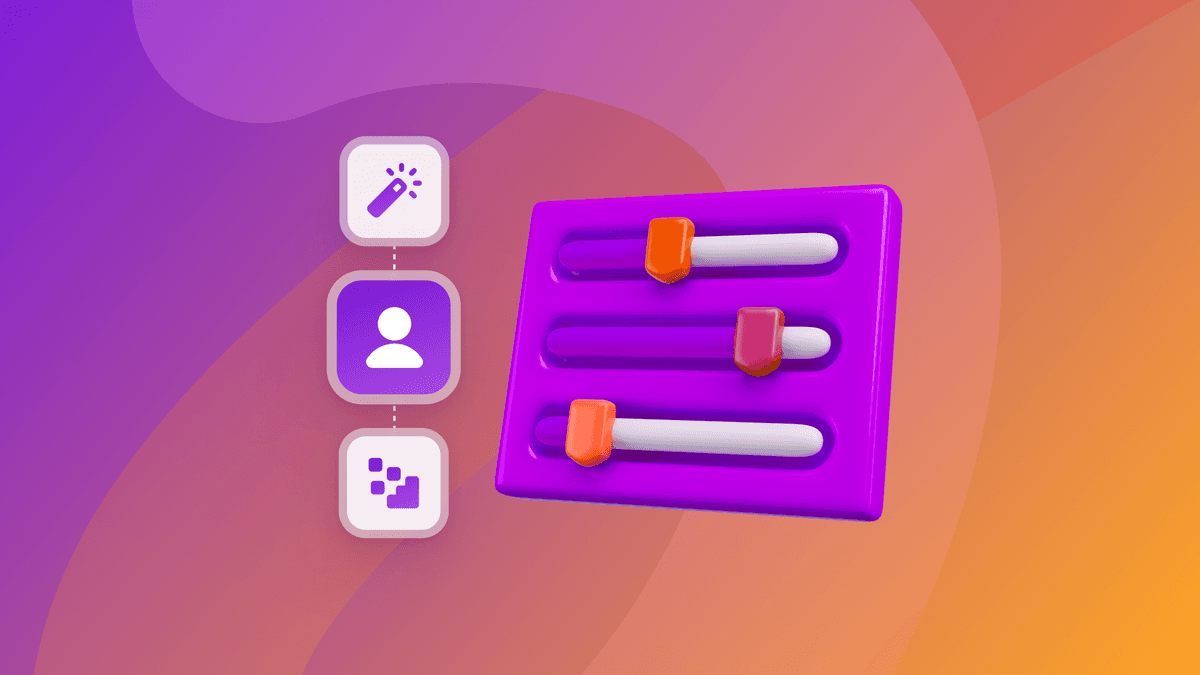
How behavioral marketing turns data into personalized experiences

Team Braze
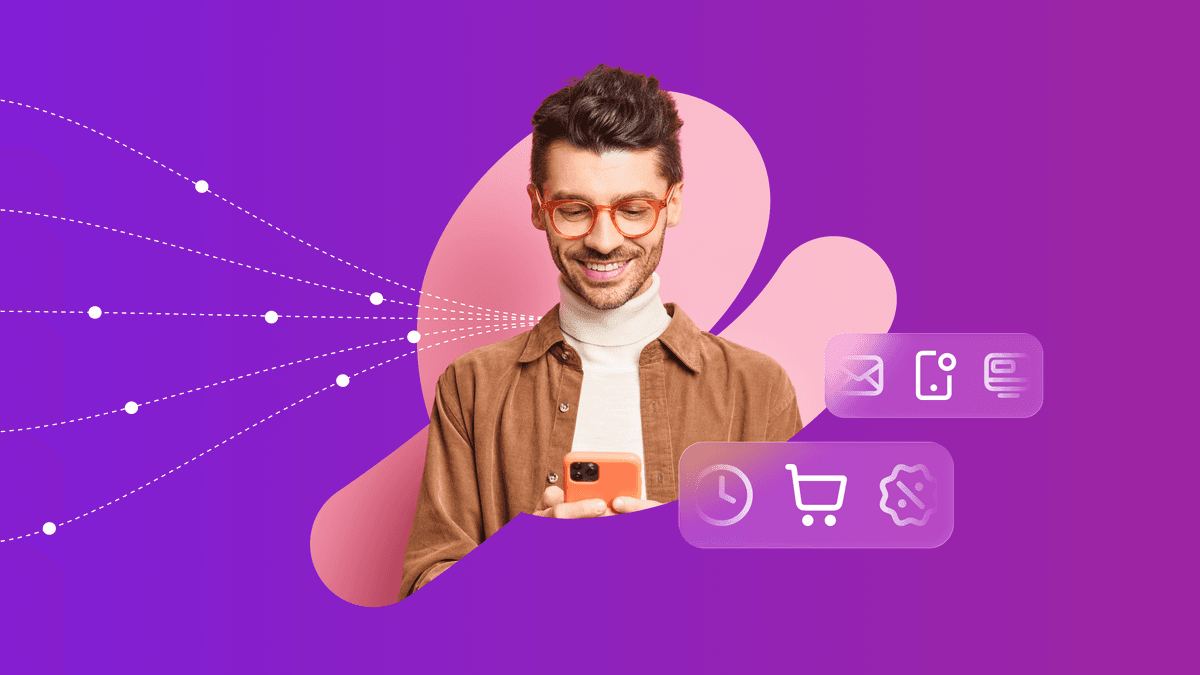
Experience optimization: Turning data insights into better journeys

Team Braze
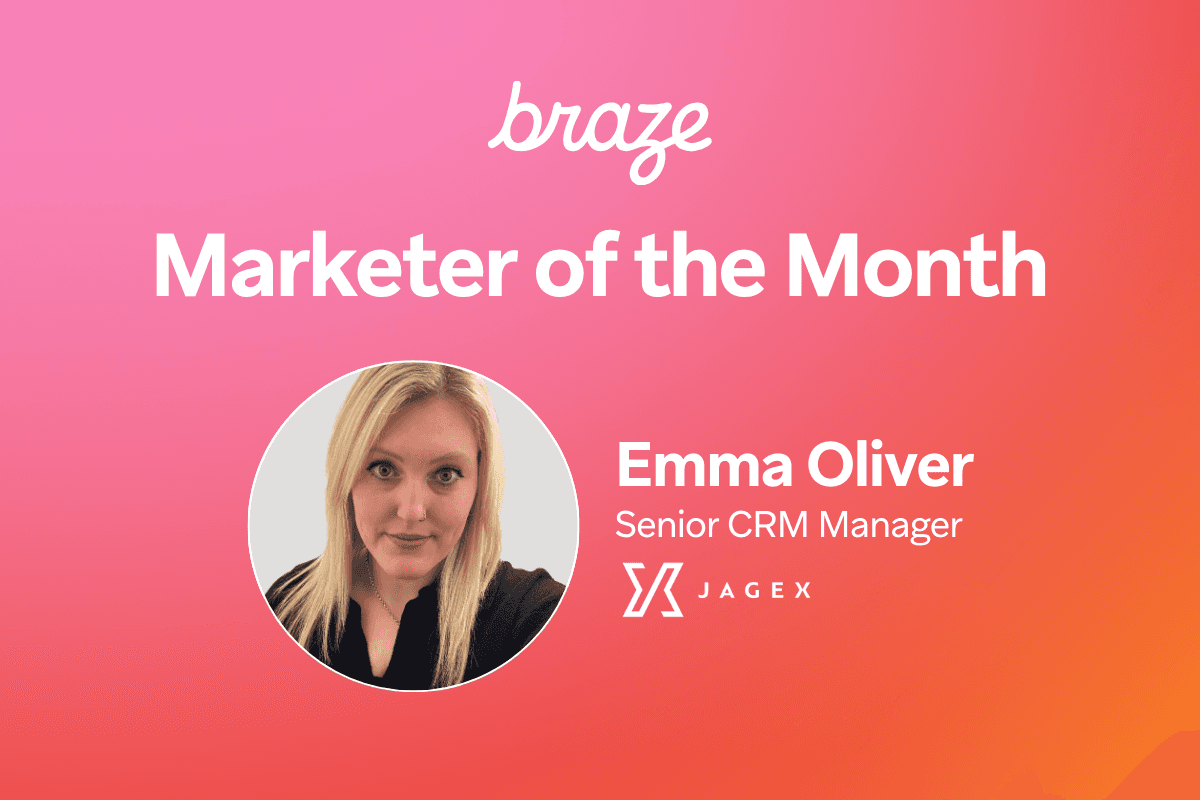
December 2025 Bonfire Marketer of the Month: Jagex’s Emma Oliver
